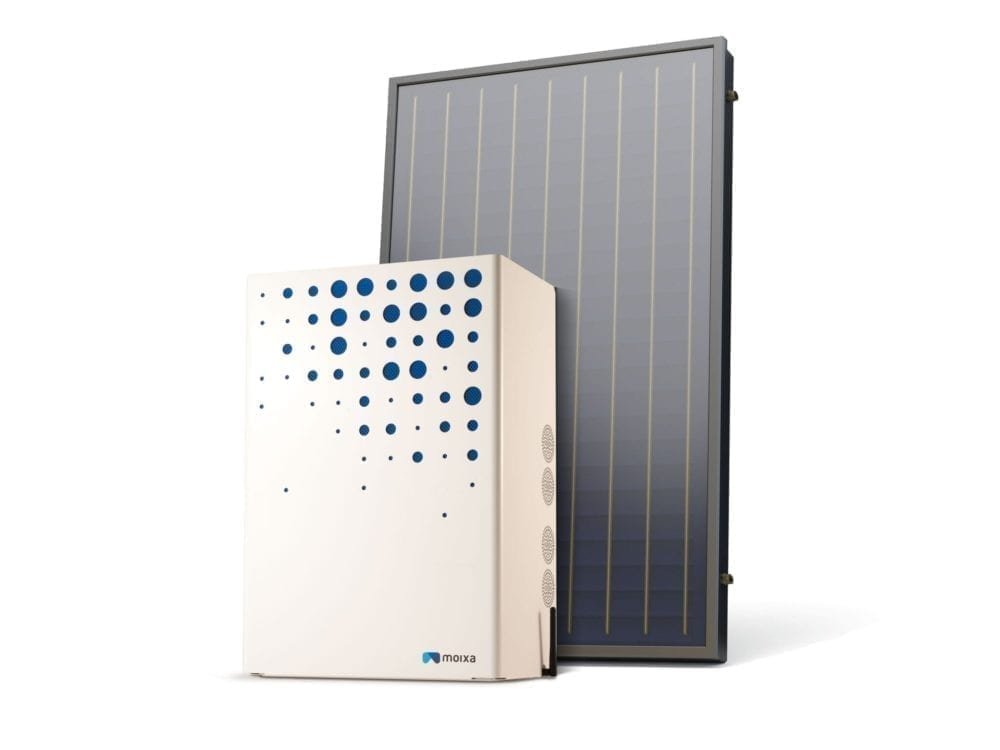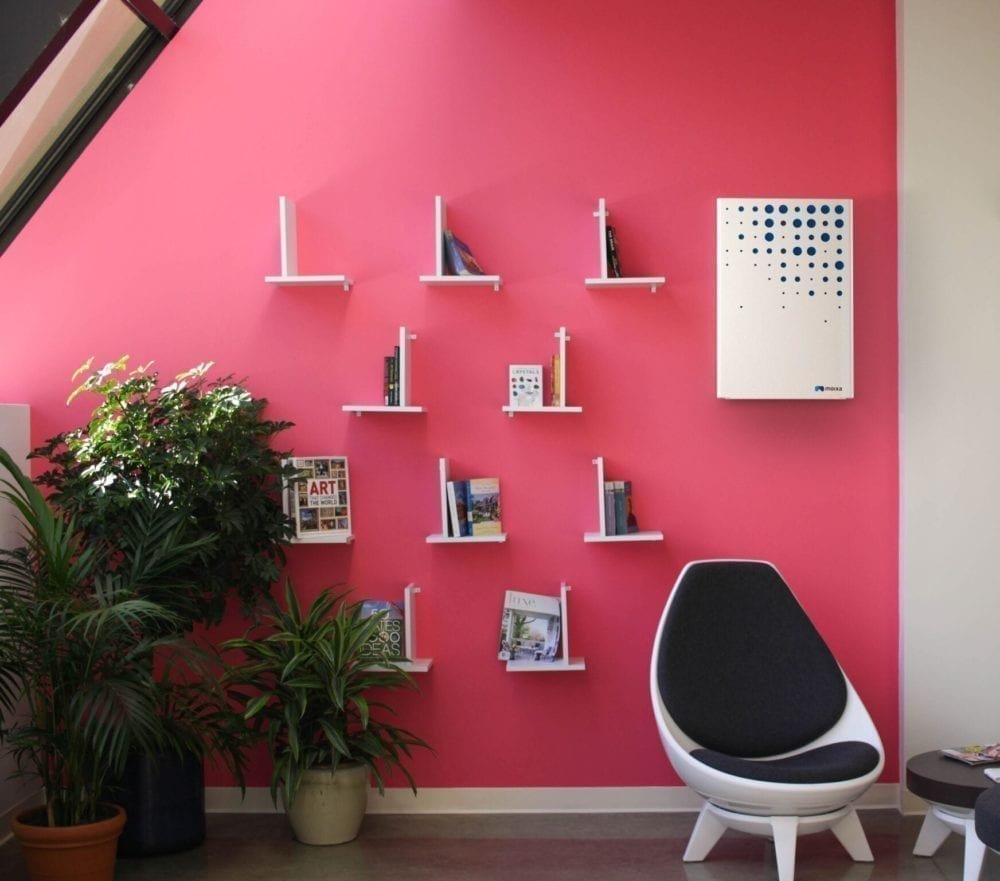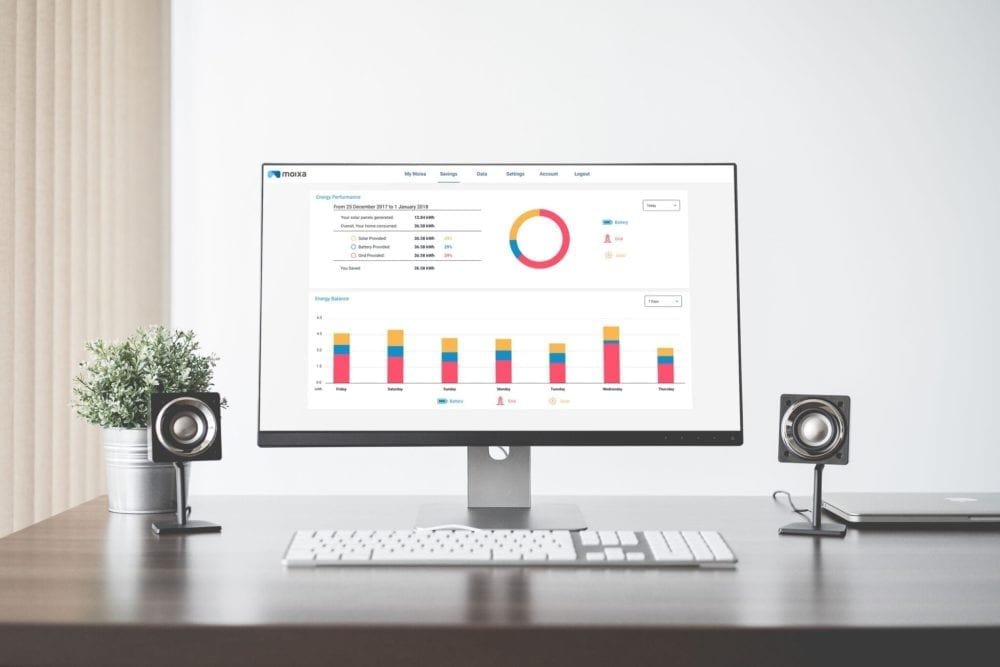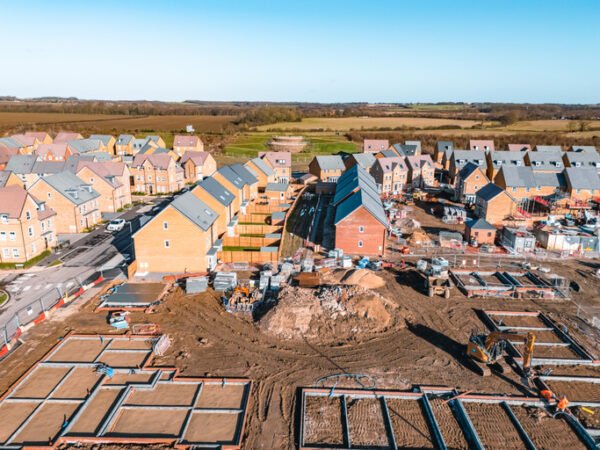This article first appeared in our spring ’18 issue of MyGreenPod Magazine, The Conscious Revolution, distributed with the Guardian on 04 May 2018. Click here to subscribe to our digital edition and get each issue delivered straight to your inbox
If you think solar panels are only for people with stacks of cash and an off-grid home in the country, you’d be wrong. Moixa is helping to democratise the whole sector by focusing on the mass market, urban consumer. The goal is to drive a huge shift in the way energy is generated and consumed, and the happy side-effect is that customers are typically saving around £350 a year off their energy bills.
The Moixa Smart Battery is a small unit that fits under the stairs or in the garage. It combines a 2kWh Smart Battery with a 2kWp solar PV system, so the battery can be charged directly by solar panels in the day or using cheap electricity via Economy 7 at night.
Life in a battery-powered home – we spoke to three people whose homes run on batteries
GENERATING SAVINGS
Using home-generated power topped up with cheaper electricity – while earning a guaranteed 20 years of Feed-in-Tariff payments – is generating decent financial benefits for Moixa’s customers. At the same time, peak pressure on our stretched National Grid is eased and reliance on fossil fuels is reduced, meaning Moixa has developed a truly win-win piece of technology.
But it doesn’t end there. Customers receive an extra £50 per year if they agree to make their battery available on GridShare, a service that allows Moixa batteries to be aggregated and managed as a virtual power plant. Customers with excess power stored in their batteries get a share of the profit Moixa makes by selling it back to the National Grid.
The vision is to roll this technology out to a million homes, then connect the batteries to create an intelligent collective grid service that helps lower bills even further and reduce overall system costs.
The overarching goal at Moixa has always been to transform the way energy is used; while homeowners currently do little more than pay the energy bill, Moixa sees the homes of tomorrow as partners in a distributed energy system that feeds more renewable power into the energy networks and speeds the transition to low-carbon alternatives.
One of the most interesting things about this vision for the future is the method of its delivery: co-founders Simon Daniel and Chris Wright are applying the technologies, approaches and insights delivered by the internet to the energy domain, where companies are more used to planning for a 40-year horizon. ‘Energy is now changing at the same speed at which we swap our smartphones for the latest model’, Chris tells us, ‘and we need smart, intelligent technology that enables this transition.’
The future of energy
Changes in the way we use energy in the UK mean our consumption is currently out of sync with the network that supplies it; National Grid and the government predict they’ll need to spend around £200bn on upgrading the UK’s grid infrastructure over the next two decades in order to update ageing infrastructure and accommodate further predicted changes in our energy usage.
‘The rise of energy-efficient appliances and lighting is in fact driving a drop in domestic energy consumption’, Chris tells us, ‘but there are three mega-trends that will likely disrupt this pattern.’
The first is the electrification of the transport system, which currently uses approximately one-third of the energy used by the UK. As EVs become more popular, they will radically change the pattern of electricity use. To give a sense of the scale, a typical home uses 1kW at peak times; an EV charger uses 7kW, meaning the energy stored in 10 new Nissan Leaf cars could power 1,000 homes for an hour.
The second trend is the projected electrification of heat. If heat pumps really take off – and many believe they will – they could pull the remaining major sector from gas to electricity.
Both these scenarios will require more electricity to be generated and transmitted. ‘The third mega-trend is distributed generation’, Chris tells us. ‘The grid is rapidly moving from a scenario in which all the energy was generated in large central power stations burning fossil fuels to a world where energy is generated by solar panels on people’s houses, or in the fields next door at a larger scale – or wind farms at a larger scale still. These aren’t controllable in the way a gas power station is: the sun and wind are variable. This clearly presents a challenge since the grid must be balanced between supply and demand all the time, second by second.’
A smarter grid
In order to facilitate these future demands, we could reinforce the grid to cope with the increased load; we’d need to install more pylons, dig up the road to put in more wires and build more power stations that could power up when the wind didn’t blow. The grid has been engineered this way for the last 60 years; it’s reliable, but it’s very expensive and disruptive.
Alternatively, we could apply the technology built to transmit and manage data on the internet to the energy realm.
There are opportunities to make the things that consume and generate energy smarter, controllable and more responsive. Combined with the emerging energy-storage sector (such as Moixa’s Smart Battery), this would enable customers’ demand and generation to be matched to the available supply.
 Play Video about This Rock Might Just Save The World
Play Video about This Rock Might Just Save The World Play Video about Play 2 hours of rock
Play Video about Play 2 hours of rock Play Video about Play 2 hours of brook
Play Video about Play 2 hours of brook Play Video about Play 2 hours of sheep
Play Video about Play 2 hours of sheep















































